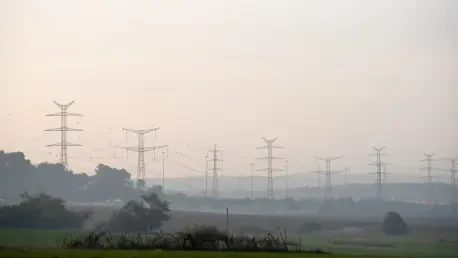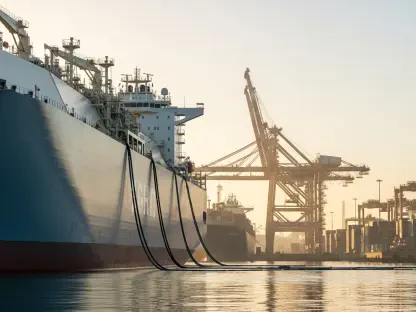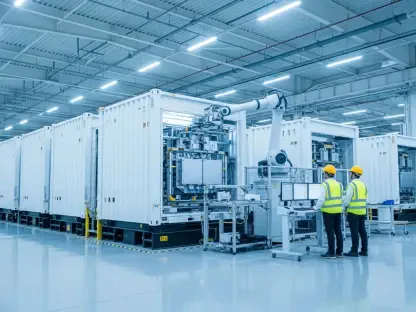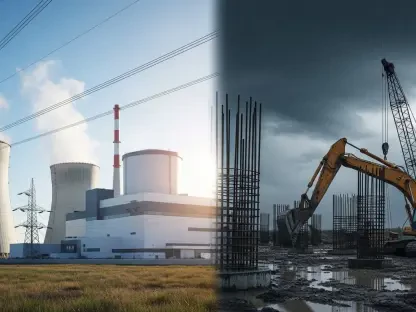The U.S. decision to renew funding for critical infrastructure projects in Nepal marks a significant shift in international cooperation, especially considering the geopolitical and strategic interests that have often influenced such support decisions. After a pause enacted during President Donald Trump’s administration, focusing on U.S. foreign policy alignment has led to renewed support for Nepal’s national infrastructure development, presenting new opportunities for growth.
Reversing the Pause: Why the U.S. Resumed Funding
Following a comprehensive review of foreign development assistance initiated under President Trump’s tenure, the recent decision to resume funding highlights strategic geopolitical priorities. The review process allowed U.S. policymakers to reassess how foreign aid aligns with national interests, particularly in fostering stable international partnerships. Nepal’s strategic location in South Asia makes it an essential partner for the U.S., serving as a buffer and a potential bridge for improving relations with neighboring countries like India and China.
Nepal’s Infrastructure Needs: A Critical Development Target
The enhancement of infrastructure in Nepal is more than a matter of convenience; it is a crucial factor for economic advancement and enhancing regional stability. Infrastructure is not just a developmental goal but a stepping stone to broader economic opportunities. Improved roads and energy networks could catalyze trade and investment in Nepal and in the broader South Asian region, simultaneously promoting economic empowerment and ensuring long-term sustainable growth.
The Millennium Challenge Corporation’s Nepal Compact: A Detailed Look
Under the Millennium Challenge Corporation’s Nepal Compact, specific projects are set to revamp Nepal’s infrastructure. These initiatives focus on two main areas: improving power transmission lines to facilitate energy trade with India and upgrading road networks to better connect remote areas. The energy trade enhancements are expected to stabilize regional energy markets, while improved road connectivity aims to open up isolated districts, offering residents better access to services and opportunities.
Diverse Perspectives on Infrastructure Development
The reception of these projects has been varied, with voices from different sectors offering unique perspectives. U.S. embassy officials emphasize the benefits for prosperity and energy security that such developments promise. Nepali policymakers, while supportive, previously expressed concerns over potential threats to national sovereignty, which Parliament ultimately resolved by endorsing the projects. International development experts point out that these projects could serve as a model for bilateral cooperation and sustainable growth.
Maximizing Benefits: Lessons for Future Developments
Nepal stands at a critical juncture, with opportunities to strategically leverage these infrastructure developments for sustainable growth. Key lessons include focusing on inclusive development policies that ensure tangible benefits for the broader population. It is vital to establish monitoring mechanisms that gauge project impact and sustainability over the long term. Working in close collaboration with partner countries will be essential for Nepal to maximize the returns of such significant investments and to foster an environment conducive to ongoing economic cooperation.
The renewal of these development efforts has presented Nepal with a chance to secure a more prosperous and stable future. By learning from past experiences and aligning current strategies wisely, Nepal and its partners could set a precedent for productive international collaborations, paving the way for robust infrastructure growth that benefits all stakeholders involved.









